Contents
Preparing apple trees for winter is a responsible matter, on which not only the harvest of the next year depends, but also the viability of the trees themselves. It is especially important to know how to prepare apple trees for winter in Siberia.
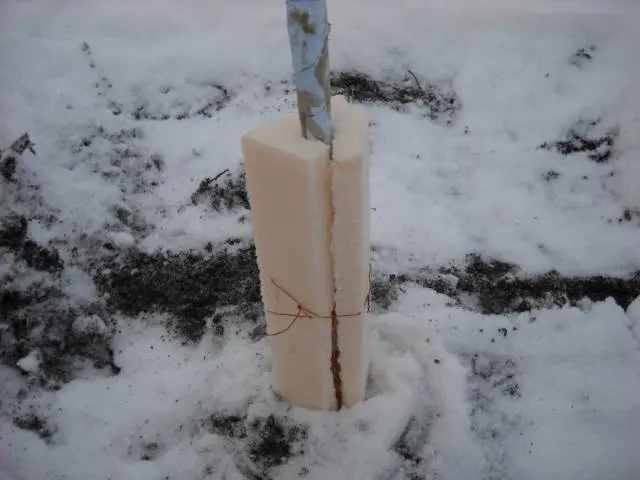
The climatic features of Siberia are characterized by severe frosts – the temperature drops to -40 degrees even on calm days. If apple trees are not well covered by winter, there is a great danger of their death.
Autumn work
After the harvest, activities begin in the garden to prepare the apple trees for wintering. The most urgent are digging tree trunks, as well as fertilizing. If the root system is accidentally damaged when loosening the soil under the trees, it will have time to recover.
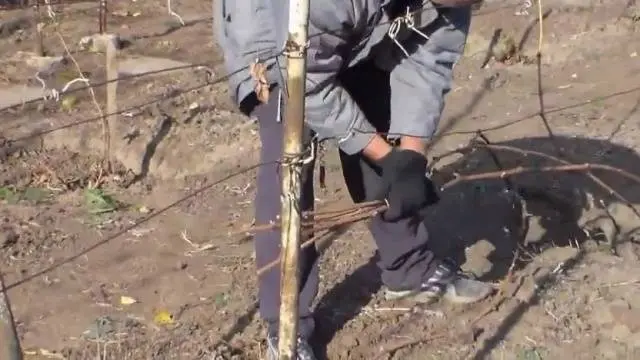
Top dressing will help to complete the growing season faster and stop the growth of new shoots. If green leaves are still growing on the apple tree, then the growing season is still ongoing. In this case, the tree may suffer from low temperatures in winter.
Top dressing is made with phosphates or potassium compounds. After fertilization, the foliage will begin to turn yellow and fall off. During this period, nitrogen fertilizers are not applied, as they can reduce the frost resistance of apple trees.
Trimming for the winter
Even before persistent frosts, apple trees should be pruned. It provides for the following actions:

- removal of old, diseased or damaged branches;
- young branches are cut to 2/3 of the length;
- the height of the pruned apple tree should be no more than 3,5 m;
- intersecting shoots are removed, which thicken the crown and interfere with each other;
- young shoots emerging from under the root should be eliminated;
- You also need to trim branches that point into the tree or down.
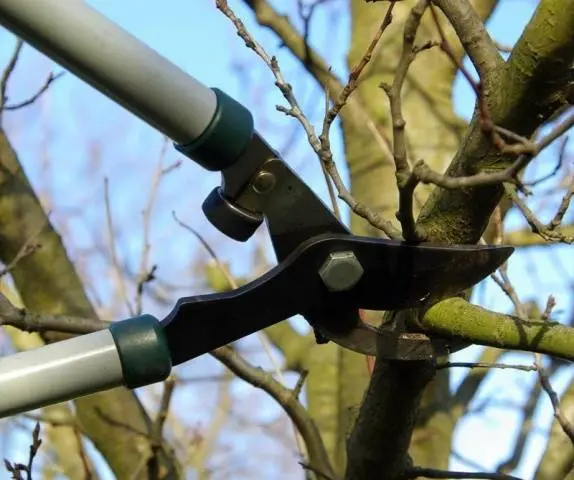
Water contributes to the intensive growth of the apple tree, so watering should be regular during the summer season. At the end of summer, you should water and feed the apple tree abundantly with complex fertilizers. Then stop watering to slow down the growth of roots.
Foliage collection
Already in November, when all the foliage has fallen, it is necessary to insulate the roots. But first, all the land around the trees is cleared. Foliage, debris, cuttings of branches are collected. All this is burned.
Many novice gardeners often make the mistake of leaving fallen leaves and twigs under the trees to warm the roots. But this is wrong. Under the foliage lying on the ground, larvae accumulate, which later will harm the trees. Fallen, beginning to rot fruits should also be removed.
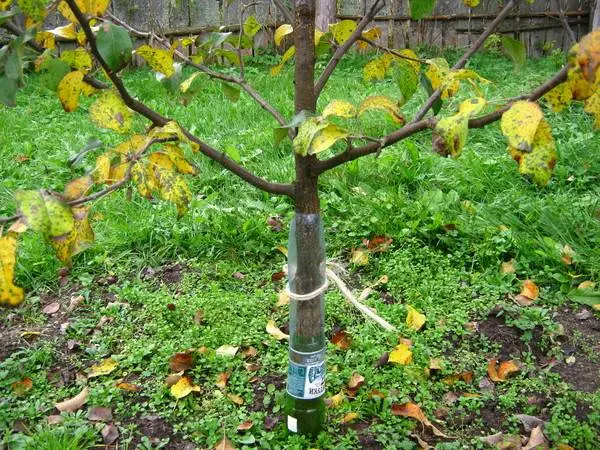
Insect larvae and pests also settle in cracks in the tree bark. You can get rid of them by cleaning the bark with a brush. First, you should spread an old blanket or plastic wrap under the tree. The rubbish that fell off the bark is also burned. And the scratches on the trunk are smeared with garden pitch.
Apple processing
Autumn work on preparing apple trees for winter is not limited to collecting leaves. It is necessary to carry out the following activities:

- the stem of the tree must be coated with lime mortar – it will protect the apple tree from insects, sunburn and frost;
- if strong-smelling substances such as tar are added to lime mortar, they will scare away rodents;
- birds will help to cope with bark beetles – you can prepare feeders for them for the winter and hang them on trees;
- the crown should be treated with a solution of copper or iron sulfate – it will protect the apple tree in winter from lichens and other diseases.
Warming the apple tree for the winter
As soon as the first snow falls, it is necessary to cover the roots of the trees prepared for shelter and the trunk to a height of up to 1 meter. The trunk is also insulated with improvised means, which can be used as paper, cardboard, burlap.
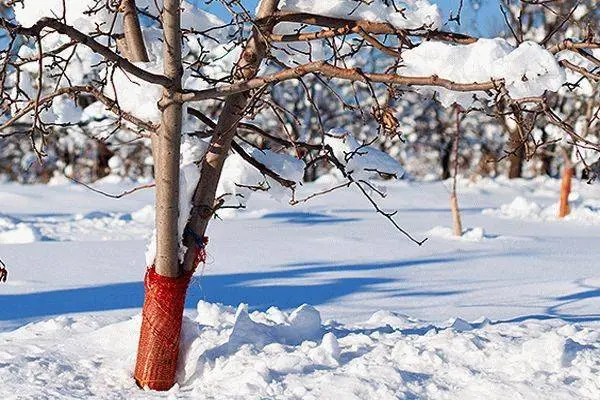
If there is no snow yet, but the temperatures are low enough, you can insulate apple trees for the winter with spruce branches, over which paper or fabric material is used. The insulation is fixed to the tree with a rope or twine. Such a shelter will help scare away rodents, as well as protect trees from strong winds. Hares will not be able to damage the bark if they wrap sugar bags around the bottom of the trunk.
The video introduces the process of sheltering apple trees for the winter:
Mature trees that have reached the age of seven are more adapted to the winter cold and do not need careful shelter. Nevertheless, it is necessary to insulate their root system. After the mandatory autumn events, you should cover the near-trunk trunk of an apple tree for winter with a 3-centimeter layer of mulch or just garden soil.
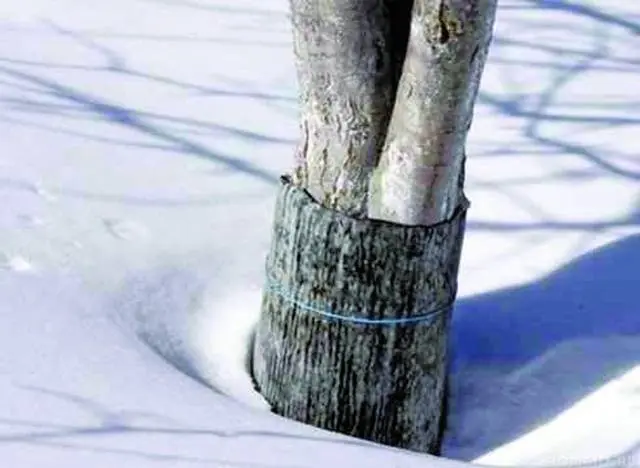
Warming seedlings for the winter
Seedlings are insulated in the same way as mature trees, but the main thing is to do it on time. Otherwise, in winter, the bark will crack from frost, and the roots will rot, the seedling will die. Therefore, special attention should be paid to the roots:
- manure is laid out around them in a circle;
- a dense layer of sawdust is laid on top of it;
- the basal neck is carefully wrapped with a heater – agrofibre has excellent qualities;
- white wrapping paper is used to insulate the barrel – white color reflects ultraviolet rays and protects the barrel from sunburn.

Be sure to tie seedlings to pegs, as strong winds often occur in Siberia. Experienced gardeners surround the seedling with a small fence of pegs to hold back gusts of wind. After sheltering the trunk of the seedling, the root neck is insulated with manure, and an earthen mound up to 30 cm high is poured on top. Rotting, the manure will provide nutrition to the roots with minerals, creating favorable conditions for the further development of the tree. A thick layer of snow is sprinkled over the earthen mound. Such a shelter will allow the young seedling to endure severe frosts and grow quickly in the spring.
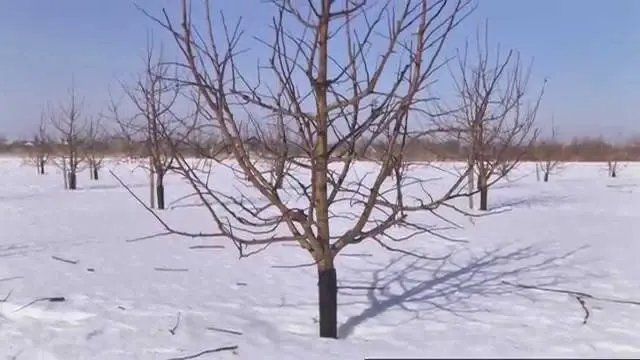
Columnar apple trees
Columnar apple trees have gained wide popularity. They are also successfully bred in Siberia. Their trunk has no lateral branches and does not form a lush crown. The height of the apple trees is no more than 2,5 meters. They are especially beneficial for small gardens, as they do not take up much space. A feature of these unusual trees is the so-called apical bud, from which the main shoot grows. If it freezes, the shape of the tree will be broken, so the columnar apple trees must be covered completely for winter. There are different ways to cover a columnar apple tree for the winter.
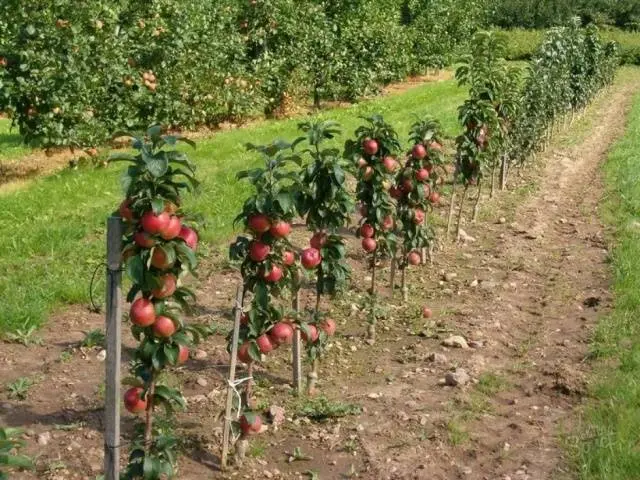
The first method
Previously, the trunk of columnar trees is whitened with lime, it is possible with the addition of copper sulfate. Shelter is made after the establishment of stable low temperatures of about 10 degrees below zero, when sap flow stops:
- a wooden pyramid is built around the trunk from boards;
- humus is poured inside it;
- outside wrapped with covering material;
- secure it with tape or staples.
second method
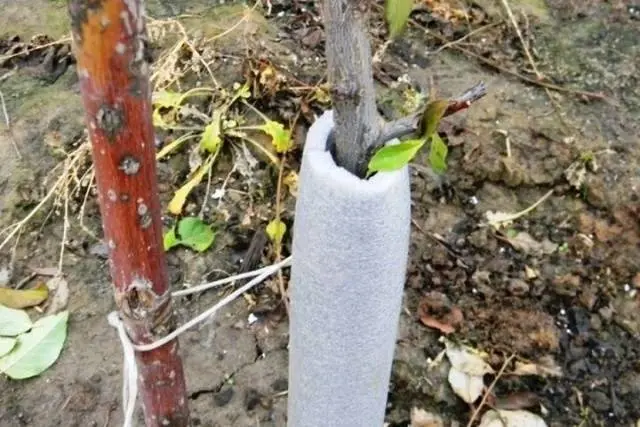
Many Siberian gardeners plant a columnar apple tree in a bucket. For the winter they are transferred to a country house or basement. One option is to shelter an apple tree for the winter in a cucumber garden. But in any case, the trees need to be insulated:
- boles are whitewashed with a solution of lime with copper sulphate;
- the trunk and branches of an apple tree for the winter are wrapped in old tights or burlap;
- abundant watering is carried out;
- containers with trees are stacked horizontally in a frame of boards;
- top covered with prepared material.
Shelter of apple trees for the winter should be carried out in stages, as frost intensifies:
- first, the apple tree is covered with a film;
- covering material is placed on top of it;
- then foliage is poured;
- as an effective insulation, a thick layer of snow is piled up on top.
In spring, the shelter from the tree is removed in stages:
- at the end of February, without waiting for melting, it is necessary to remove a layer of snow;
- when the main colds pass, around March, you can remove the foliage, sometimes airing the apple tree;
- only layers of covering material will remain, which is removed later.
Conclusion
If an apple tree is prepared according to all the rules for winter in Siberia, it will easily endure wintering and in summer it will please with a good harvest.









